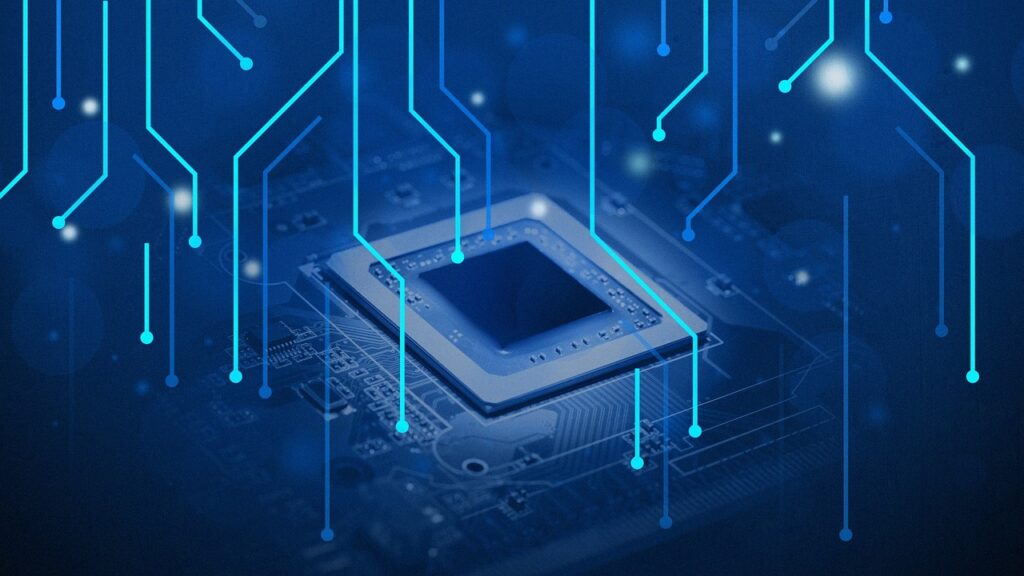ARM, along with Qualcomm, did a credible job of highlighting how technology developed for smartphones could have a major impact on the PC market. Both AMD and Intel have now produced competitive responses, though it is interesting to note that AMD executed its response better than Intel did.
However, as much of a wakeup call as that was, NVIDIA represents a far greater risk because it’s likely not make the same mistake that Qualcomm did. To be fair, Qualcomm was hurt by ARM’s lack of support for its move by under executing on its initial advantage, which allowed the X86 vendors to close the gap.
NVIDIA is so far ahead on the AI front, both in terms of creating AI solutions and using AI itself as a massive accelerator, that it represents a far bigger threat, one that AMD and Intel have just moved into, with an x86 Advisory Group, so they could collectively assure x86 doesn’t become obsolete. And with this latest AI pivot, x86 is at significant risk.
Qualcomm to NVIDIA: The ARM Risk
Qualcomm had a significant AI advantage with Snapdragon X, however right now, only the Microsoft Surface products using this part appear to be doing very well. This is largely because those laptops tend to sell below enterprise levels and to Microsoft shops where incompatibility issues are minor or non-existent. I use a Snapdragon laptop myself and have found it to be an excellent product, but I live on cloud apps or Office, which is where this product works best. Qualcomm made three mistakes with its offering: it under-marketed it, the initial products were very generic, and it did not force a high 5G modem attach rate, which would have exemplified Qualcomm’s advantage.
Microsoft Surface had one of the only 5G notebooks; its products stood out, and the result was that the Surface was more successful than the other offerings. The PC market has never been a “build it and they will come” market, particularly with different technologies, and Arm is vastly different than x86. One very weird part of Qualcomm’s move was not only did ARM not support it, but it also sued Qualcomm, which damaged execution significantly and became one of the stupidest things I have ever seen a licensing entity do.
However, now NVIDIA is bringing out its version of an AI PC, and it is likely to not make these same mistakes. NVIDIA is the current king of AI, and if anyone is likely to rethink the laptop, NVIDIA is. Lenovo just showcased an AI laptop prototype called the ThinkBook Auto Twist AI PC concept that likely points somewhat to what NVIDIA is likely to come up with–a unique AI-optimized product that leverages NVIDIA’s AI leadership heavily in what will be a premium laptop that may not look a lot like the laptops of today and could do to the PC market what the iPhone did to the smartphone market.
Wrapping Up: x86 Consortium
To address this growing ARM-based threat, AMD and Intel rightly identified the need to work together. Pat Gelsinger used to lead the effort at Intel for PC innovation, and Lisa Su came out of IBM, which first brought AI to market, and her execution skills are unmatched. The problem is that both companies compete, but both Gelsinger and Su are known to be pragmatic about working through problems like this, and there does not appear to be much animosity between them.
NVIDIA has the same initial compatibility issues that Qualcomm enjoyed, but given this is an AI solution that’s likely to leverage hybrid-AI heavily, should NVIDIA target cutting edge AI capabilities, which is likely, it could not only mitigate that disadvantage but come up with something that doesn’t even run Windows or need Microsoft Office, jumping to the AI-driven result without the need to engage legacy applications or OSs.
Thus, the x86 Consortium will need to do what Steve Jobs did with the iPhone and iPod by considering cannibalizing their current markets to get ahead of what NVIDIA is attempting. The Consortium will have this capability. The question is whether it has the will.
- The Human Element: HP’s Latest Security Report and My Near-Miss with a Digital Predator - July 11, 2025
- The Mighty Mini: Why HP’s Z2 Mini G1a Workstation Is the Unsung Hero of AI Development - July 7, 2025
- The HP OmniBook X Flip 2-in-1 16-Inch: Your New Digital Swiss Army Knife (Now in Glorious Atmospheric Blue) - June 25, 2025



